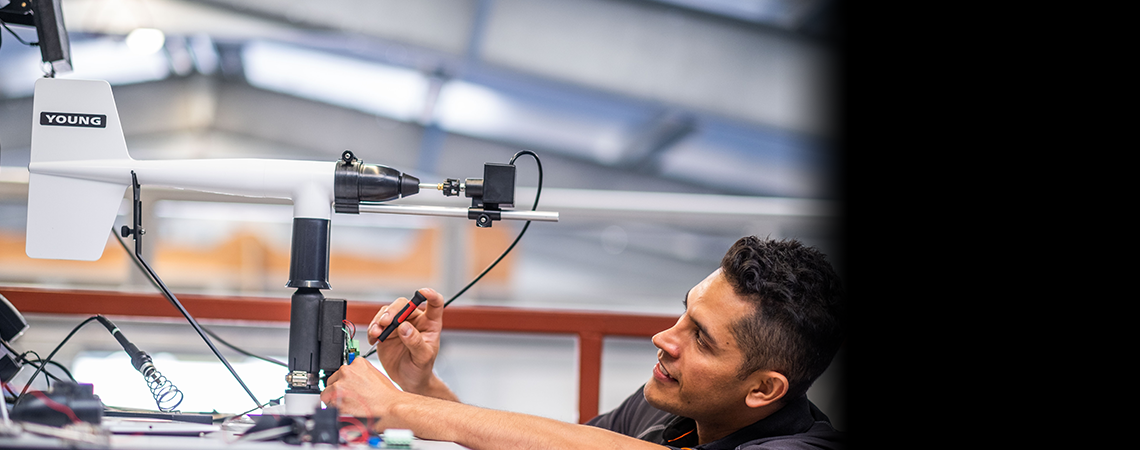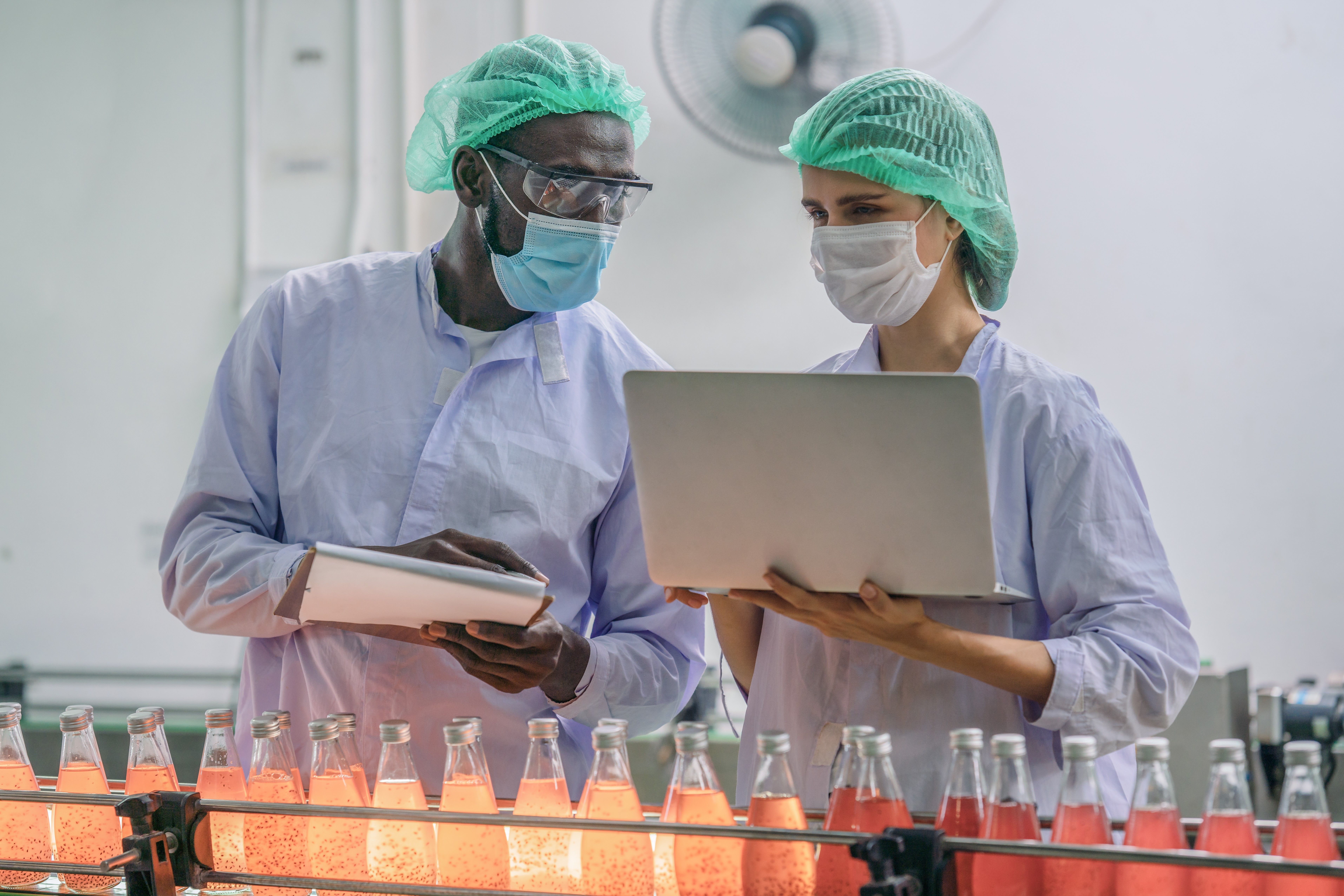Renewable Parts, based in Lochgilphead, Scotland, is a supply chain and refurbishment specialist in the wind energy industry, restoring unserviceable parts to their original ‘as new’ condition.
The service offers customers quicker and more affordable access to used components in exchange for refurbishing parts for feed stock. In the last 10 years, it has refurbished parts for over 2,000 wind turbines, diverting over 100 tonnes of scrap from waste and landfill.
However, replacement components fluctuate in availability and price, requiring innovative ways of developing alternatives that can improve supply. This industry challenge has led Renewable Parts to explore new ways of engineering the parts and remanufacturing those that may have previously been scrapped.
Michael Forbes, General Manager of Refurbishment Engineering at Renewable Parts, said: “When a turbine is offline and losing revenue, we enable turbine owners to minimise that downtime and extract more value from their operations.
“With the costs of raw materials on the rise and a focus on more sustainable manufacturing methods, there is a shift by the wind power sector towards the circular economy to cut waste and carbon. The buy-new approach is becoming a thing of the past when we can use what we have and reap the benefits of recirculated parts, creating a more sustainable industry.
“Our advanced engineering techniques could only take us so far. We need to look at new technologies to continue our drive for continuous improvement. So we explored using 3D printing to overcome problems with parts which were beyond repair and couldn’t be replaced very easily.”






